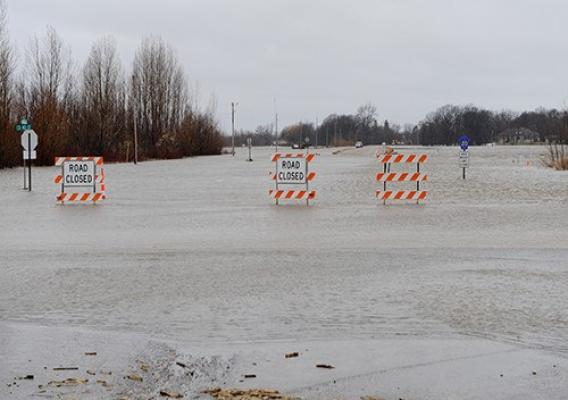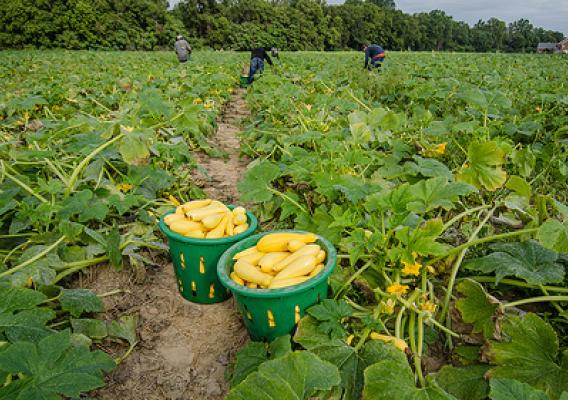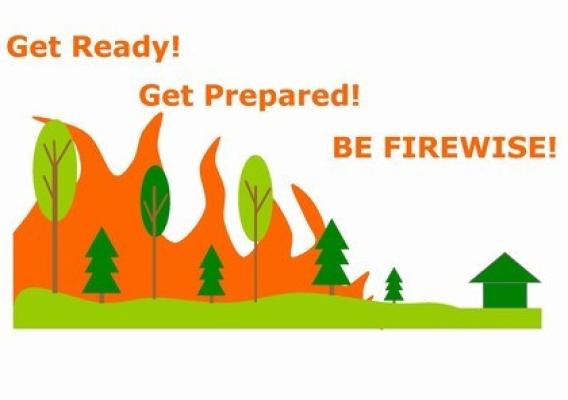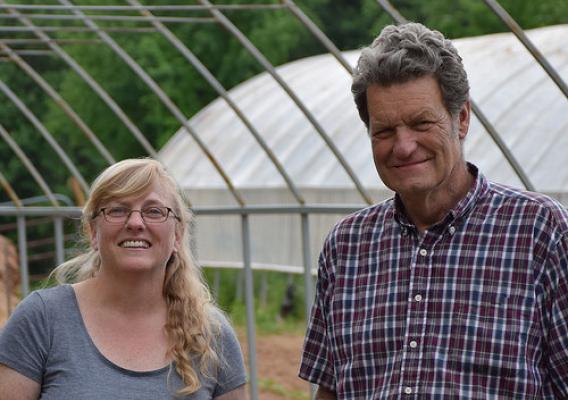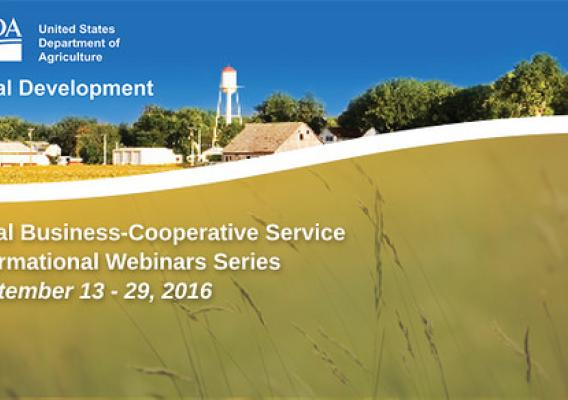Open agriculture and nutrition data is a powerful tool for long-term sustainable development. The Global Open Data for Agriculture and Nutrition (GODAN) initiative - comprising more than 350 international organizations representing governments, donors, businesses, and not-for-profits - continues to be a leader in advocating for the adoption of open data policies. GODAN’s focus on opening agriculture and nutrition data as a mechanism to support sustainable development has the potential to solve longstanding global food security challenges.
As a founding partner of GODAN, the United States Government (USG) has implemented policy to support the creation of open data resources and provided technical support to make open data work for agriculture and nutrition—through the release of open data sets, through the development of standards that allow different types of data sets to be integrated with one another, and through the creation of new databases to house open data. The U.S. Department of Agriculture (USDA) has served as the U.S. Government lead on the GODAN initiative since its creation in 2013, and has been highly involved in open data efforts.

